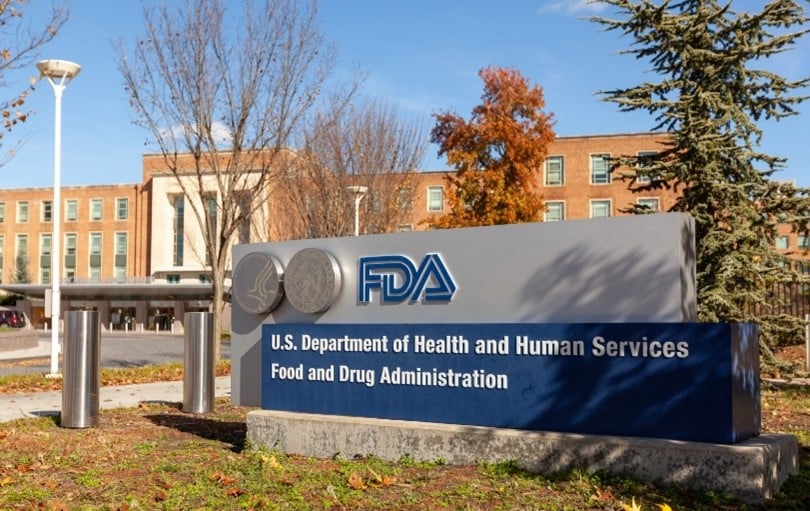The nicotine pouch market in the US is growing rapidly, but so is regulatory scrutiny. The FDA’s latest import alert (#98-06) illustrates one thing clearly: products without the required marketing...
Navigating FDA and ICH Guidelines: Analytical Testing Validation for Tobacco Products
Nicotine

Jan 8, 2025 | Published by Paul Hardman
Nicotine
Navigating FDA and ICH Guidelines: Analytical Testing Validation for Tobacco Products
In a significant move for the tobacco industry, the U.S. Food and Drug Administration (FDA) recently issued its Final Guidance on the Validation and Verification of Analytical Testing Methods Used for Tobacco Products. This non-binding document offers invaluable insights into FDA’s expectations for validation and verification processes in regulatory submissions, such as Premarket Tobacco Product Applications (PMTAs), Substantial Equivalence (SE) Reports, and Modified Risk Tobacco Product Applications (MRTPAs). While the guidance is specific to tobacco, the broader principles resonate with global standards like those set by the International Council for Harmonisation (ICH) Q2(R2), which applies to pharmaceuticals and other industries.
Here, we explore FDA guidelines alongside ICH Q2(R2) to highlight the similarities and differences in their guidance on validating analytical procedures.
FDA’s Expectations for Analytical Testing in Tobacco Products
The FDA’s guidance underscores the critical importance of demonstrating that analytical testing methods are suitable and reliable for their intended purpose. It provides recommendations on validating methods for assessing tobacco product constituents, ingredients, additives, and the stability of finished products. Notably, the guidance stresses the importance of laboratory accreditation, as mandated by the ‘Final PMTA Rule’, which requires manufacturers to submit documentation showing that laboratories conducting the testing are accredited by nationally or internationally recognised organisations.
ISO 17025 accreditation is probably the current most recognised benchmark for laboratories. Currently, Broughton’s Scope of Accreditation covers a vast array of analytes across ENDS, Oral pouches and Heated Tobacco Products, ensuring that any data we submit to the FDA meets the necessary regulatory requirements.
FDA vs. ICH: Similar Foundations, Divergent Applications
There are clear parallels between FDA guidance and the ICH Q2(R2) guidelines. Both frameworks underscore the need for ensuring adequate specificity, accuracy, precision, and robustness in analytical methods. However, the scope and application differ, and these differences are where the implications become significant:
- Industry-Specific vs. Universal Standards: While FDA guidance is tailored to tobacco, the ICH Q2(R2) guideline—effective from June 2024—offers a cross-industry standard for pharmaceuticals and biologics. ICH guidelines also incorporate a risk-based approach, ensuring flexibility for diverse testing needs, whereas FDA focus is more prescriptive for tobacco products.
- Accreditation Requirements: The FDA’s explicit requirement for laboratory accreditation distinguishes it from the ICH, where accreditation is implicit in ensuring method robustness. For tobacco manufacturers, this mandate adds an additional layer of accountability, raising the bar for data integrity.
- Total Error Evaluation: One of the most distinct aspects of FDA guidance is its focus on Total Error Evaluation, which provides explicit expectations for acceptance criteria via a statistical determination. This concept goes beyond traditional validation parameters by combining both systematic error (bias) and random error (imprecision) into a single metric. By establishing acceptance criteria for total error, the FDA offers manufacturers a clear benchmark to evaluate the suitability of their methods. This contrasts significantly with ICH Q2(R2), which, while comprehensive, does not prescribe specific acceptance thresholds. Instead, ICH focuses on demonstrating method performance through validation characteristics like accuracy, precision, and robustness without mandating explicit numerical limits. The FDA’s proactive approach provides a tangible measure for manufacturers to assess their analytical methods, offering a distinct advantage in regulatory clarity.
- Regulatory Expectations: FDA guidance serves as a detailed blueprint for U.S. submissions, whereas the ICH guidelines facilitate global harmonisation. Companies operating across multiple markets must navigate these nuances carefully to ensure compliance.
The FDA’s Final Guidance and ICH Q2(R2) guidelines both emphasise the critical role of robust analytical validation in regulatory submissions. While they differ in scope and application, their shared principles emphasize the need for reliability, accuracy, and compliance. The FDA’s additional focus on Total Error Evaluation highlights its commitment to providing manufacturers with actionable benchmarks, setting a high standard for analytical reliability.
As regulatory landscapes continue to evolve, manufacturers must stay agile in adapting their validation processes to meet diverse requirements. At Broughton, we recognise these dynamics, and with our proven track record in analytical testing and regulatory support, we partner with category innovators to navigate such complexities.
Contact us today to learn more about our services and how we can support your regulatory needs.

